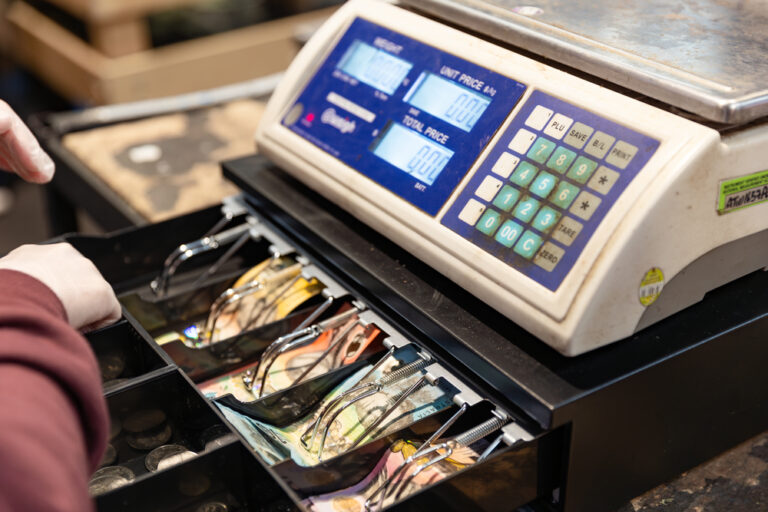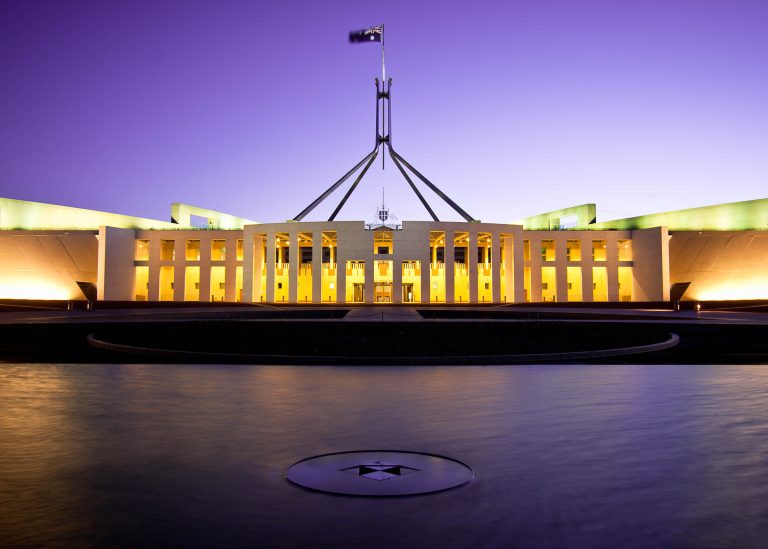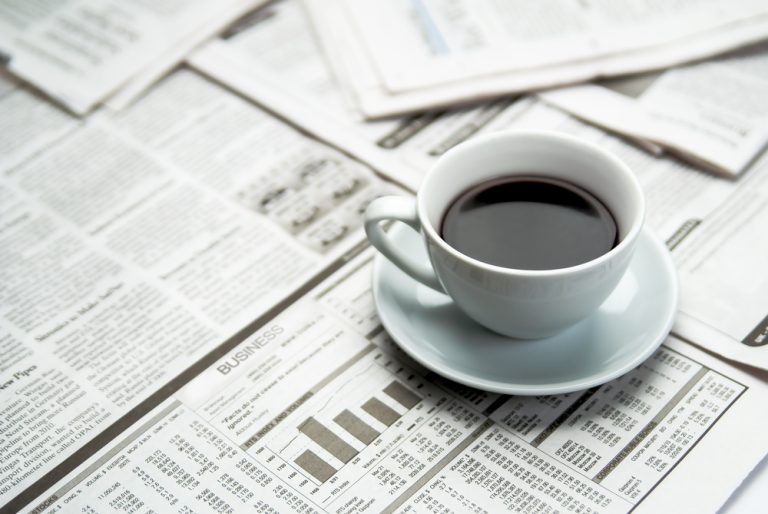Quarterly Economic Update: April – June 2024
The economy continues to slow, with inflation remaining sticky, the new federal budget making waves, and global events that may have a significant impact. Uncertainty at home and abroad The…

The economy continues to slow, with inflation remaining sticky, the new federal budget making waves, and global events that may have a significant impact. Uncertainty at home and abroad The…

A sudden uptick in the unemployment rate and slower economic growth combined with continued strong inflationary pressures are set to test the Australian economy during the next two years, according…

Robust domestic economic growth Australia is rebounding from the pandemic, with domestic economic growth forecast to reach 3.5 per cent this financial year. Some analysts predict it might be even…

Coronavirus Victoria and New South Wales saw their economies roar back to life as they emerged from lockdown just in time for a new kid to arrive on the coronavirus…

Employment surprise JobKeeper was a cornerstone of Australia’s response to the coronavirus pandemic. It provided millions of Australians with an ongoing income and kept thousands of businesses afloat, so when…
End of content
End of content